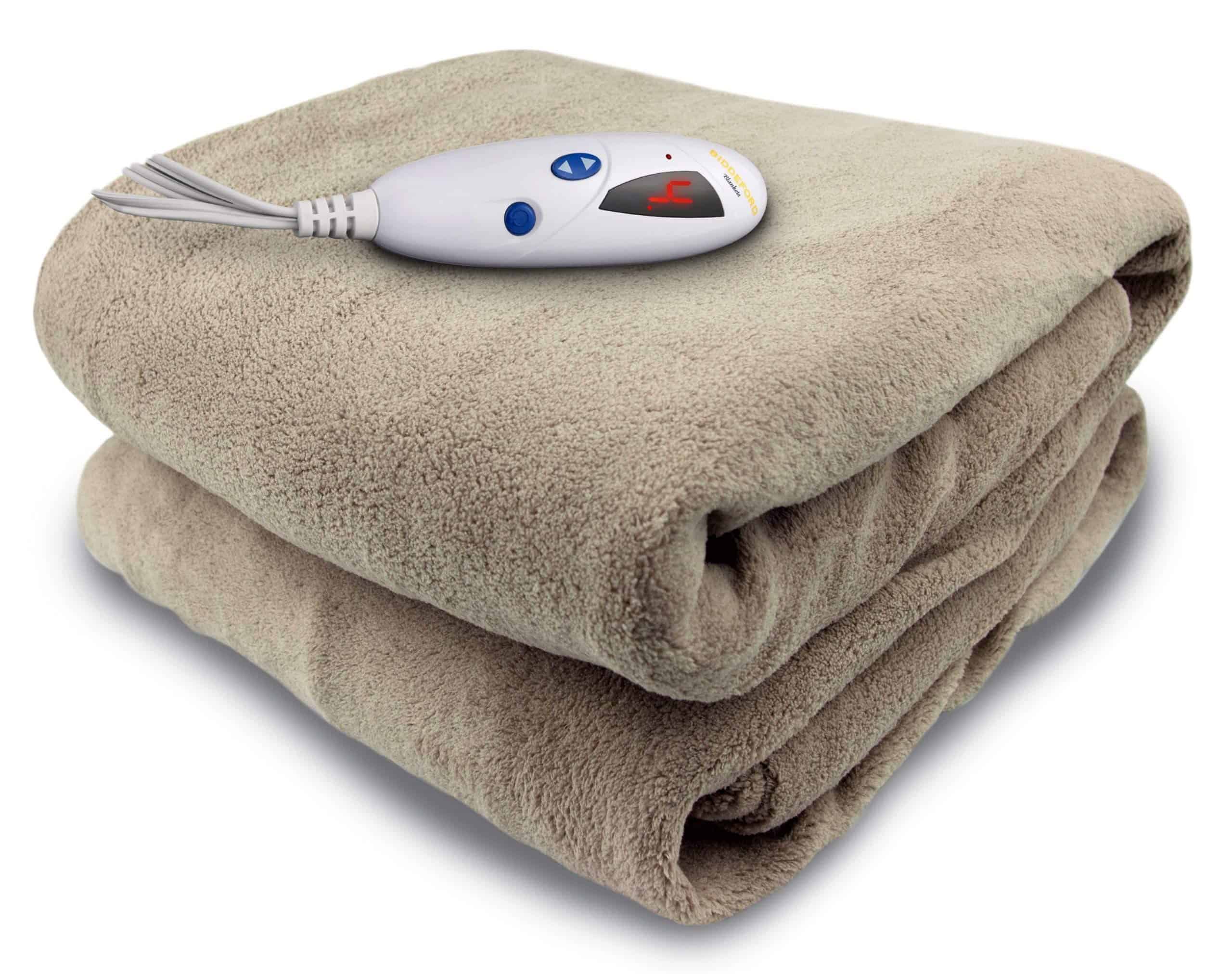A Biddeford electric blanket is a type of heating appliance that can be used to keep you warm and cozy during cold nights. While it is not as powerful as a space heater or furnace, the Biddeford electric blanket can still provide a good source of warmth for a bedroom or living room. It is crucial to understand how many amps the Biddeford electric blanket uses so that you can determine if it will be compatible with your current electrical system and whether it is suitable for the size of your room.
Biddeford Heated Blanket Blinking – learn how to fix it in our article.
Amps refer to the electrical current measured in amperes or “amps” (A) in electrically powered devices. The more amps a device requires, the more electricity it consumes.
How Many Amps Does a Biddeford Electric Blanket Use?
A Biddeford electric blanket requires five amps of direct current (DC), running at 12 volts. When plugged into an electrical outlet, the blanket will consume five amps at 12 volts from your home’s power supply.
I have a few Biddeford electric blankets (5 amps). However, some other models can have different amperages.

The energy consumed by the Biddeford electric blanket depends on its wattage rating; higher wattage ratings equate to higher power consumption. The wattage required by a typical Biddeford electric blanket is usually around 60-90 watts. To calculate how many amps are being used by the blanket, divide its wattage rating (in watts) by its voltage rating (in volts). In this case, a 60-watt Biddeford electric blanket will require five amps (60/12 = 5). Similarly, a 90-watt electric blanket would require 7.5 amps (90/12 = 7.5).
It’s essential to check whether your home’s electrical system can handle the amp ratings required by the Biddeford electric blankets before plugging them in and using them. Suppose your home does not have enough amperage for the appliance(s) you intend to use. In that case, you may need to upgrade your service panel or other components to accommodate it/them safely and correctly. Additionally, ensure that any extension cords you use are rated for the same amount of amperage and outlets needed for all devices combined; otherwise, you risk overloading them and creating fire hazards or other safety issues in your home.
In terms of the actual comfort level provided by a Biddeford electric blanket, larger rooms should generally consider models with higher wattage ratings, such as 80-90 watts, rather than those with lower wattages, like 60 watts; this ensures that they create sufficient heat output needed to sufficiently warm up large spaces like bedrooms or living rooms comfortably over time without consuming too much electricity in doing so. Furthermore, these blankets come with various features, such as dual controls allowing two people on either side to separate thermostats and auto-off timers to shut off after 10 hours – making them excellent options for couples who want personalized temperatures while conserving energy when not in use.
Overall, understanding how many amps a Biddeford electric blanket requires helps ensure proper compatibility with one’s current home electrical system and gauge its suitability for each user’s needs and preferences – enabling them to make educated decisions about what type of model best suits their lifestyle requirements. With careful consideration given to these factors before purchase and usage, users can rest assured knowing they are getting their money’s worth out of their investment while enjoying optimum safety levels throughout operation afterward!




